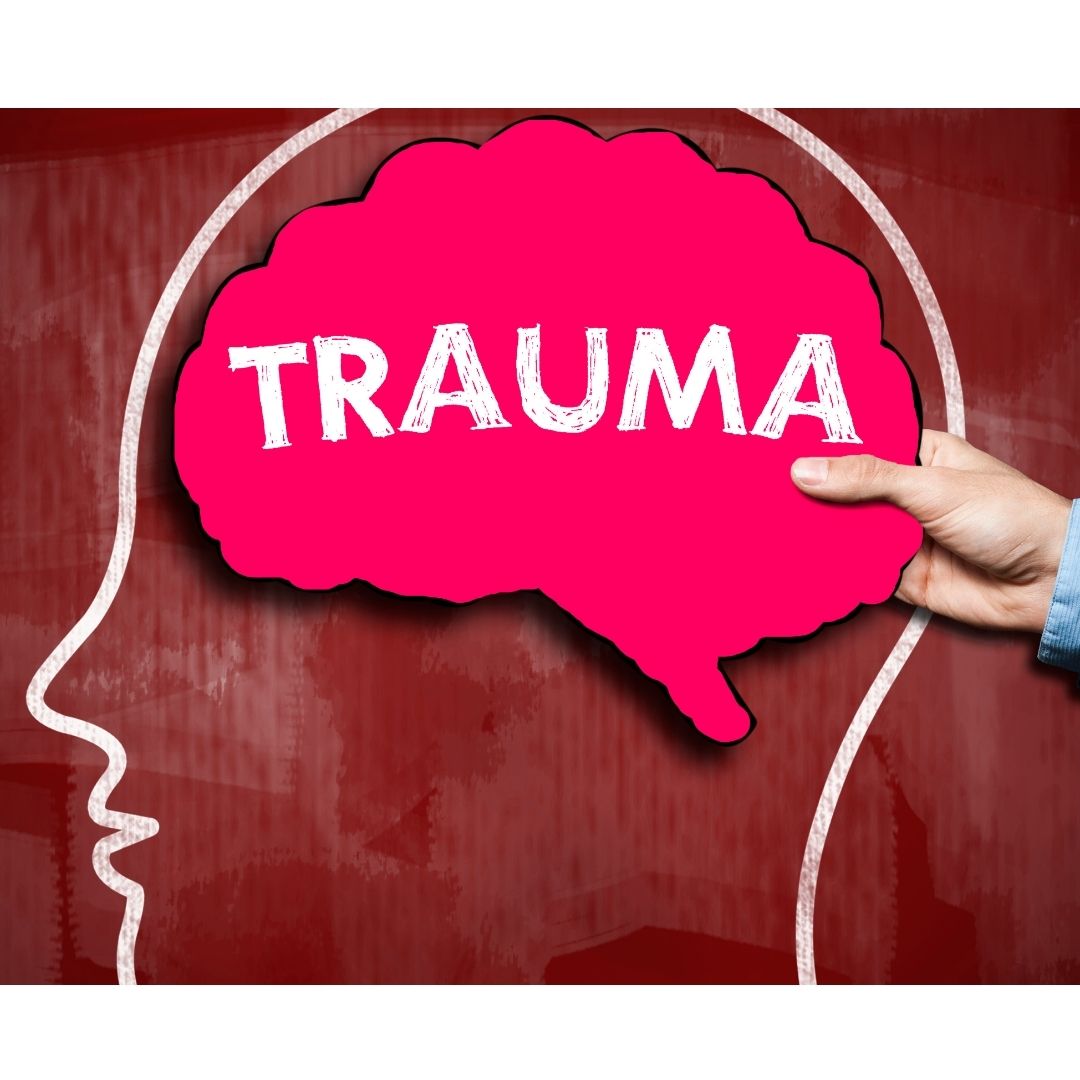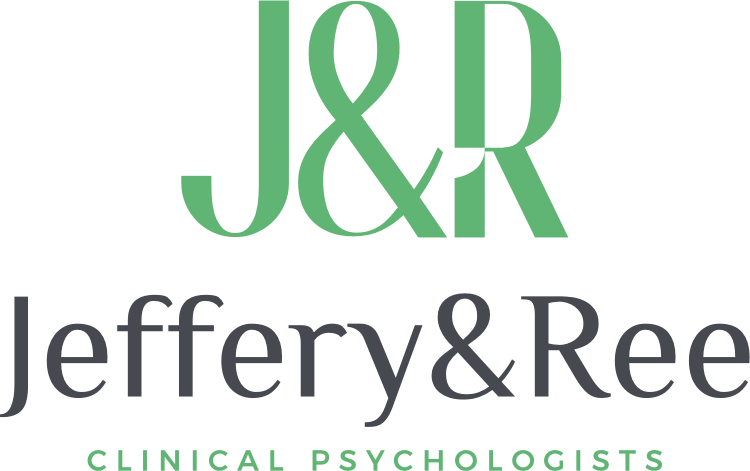Trauma is derived from traumatikos, the Greek word for “wound”. Psychological trauma refers to being overwhelmed. When we are overwhelmed, we are less resilient and flexible, and we often feel disconnected from ourselves and from others.

Have you experienced significant trauma in your life? You’re not alone. Two thirds of the Australian population will experience at least one major traumatic event in their lifetime. Approximately 20% of Australians will meet the criteria for posttraumatic stress disorder (PTSD), and 57% of those diagnosed will have experienced traumas across their lifespan, from childhood through to adulthood. The aggregate annual cost of healthcare for hospital treatment in Australia for 25,000 first-diagnosis patients with PTSD was $385 million dollars in 2016.

New Directions and Approaches for PTSD
Trauma can take several forms, including physical, sexual, psychological, financial and interpersonal trauma. While trauma can often take time to treat effectively, thankfully there are several first-line psychological treatments which have been shown to be clinically effective. Indeed, there has been a recent surge of interest in the form of new research, in addition to the development of evidence-based interventions which focus on the root cause of the trauma, while reducing or eliminating symptoms. Some of these interventions will be explored below.
Eye Movement Desensitisation and Reprogramming (EMDR): This structured therapy for PTSD uses bilateral stimulation in the form of directed eye movements (akin to rapid eye movements during sleep), while the client re-processes their traumatic memories, sensations and feelings. The client is able to make meaning of the painful events on an emotional and psychological level, with the support of a trained clinician. Prior to trauma processing, the clinician teaches the client stabilisation and relaxation techniques to ensure that the client feels safe and secure to re-process their trauma.
Trauma-focused Cognitive-Behavioural Therapy (TF-CBT): This is an approach to healing trauma grounded in cognitive-behavioural therapy (CBT), the first-line treatment for many mental health disorders. It is comprised of three phases: a) emotional stabilisation, which consists of emotion regulation, distress tolerance skills, and relaxation strategies, b) trauma processing, whereby the client learns to re-process their trauma both imaginally (using mental rehearsal), in vivo (graded exposure to a place or event related to the trauma), and interoceptively (within the body), and c) consolidation, in which the client learns to apply their new skills and techniques. In this final phase, the clinician supports the client to live a fully functional and meaningful life after the traumatic event(s).
Dialectical Behaviour Therapy for PTSD (DBT-PTSD): This therapy was designed for those whose trauma was primarily interpersonal in nature, and is complex: meaning the trauma may have been experienced across the lifespan and experienced in various forms. DBT-PTSD integrates the kinds of exposure therapies described above, but is grounded in dialectical behaviour therapy (DBT), a first-line treatment developed initially to treat enduring, maladaptive alterations to personality. Its focus is on developing distress tolerance skills to manage emotional, physical and psychological distress, emotion regulation skills, and interpersonal skills, whereby clients are supported to better navigate their relationships and learn to trust others again. It also incorporates aspects of mindfulness, which refers to paying attention to the present moment, curiously, intentionally and non-judgementally.
Trauma-informed Yoga, Somatic Experiencing (SE) and body-based approaches: These are approaches that primarily address one’s physiology and nervous system, and aim to reduce the stress and physiological arousal associated with the trauma by creating a sense of safety in the body. This is so that later cognitive and emotional processing of trauma may then occur. These interventions have been shown to reduce anxiety, and the fear response and are becoming increasingly popular as an alternative option to traditional psychotherapy and cognitive-behavioural models.
Hope for Recovery
If you have experienced trauma in your life, know that you are not alone. While the impact of trauma can be pervasive and difficult to live with, there are several psychological and body-based interventions that are shown to work. It is possible to effectively treat trauma, and to return to living a rich and meaningful life in alignment with what you value most.
“Bad things do happen. But how I respond to them defines my character and the quality of my life. I can choose to sit in perpetual sadness, immobilised by the gravity of my loss, or I can choose to rise from the pain and treasure the most precious gift I have – life itself” – Walter Anderson
Written by Simon MacLachlan, clinical psychologist (registrar), J&R Clinical Psychologists.
For more information on effective trauma treatments, please visit: www.phoenixaustralia.org or contact Jeffery & Ree Clinical Psychologists today: 6107 6828.
Blog overview
